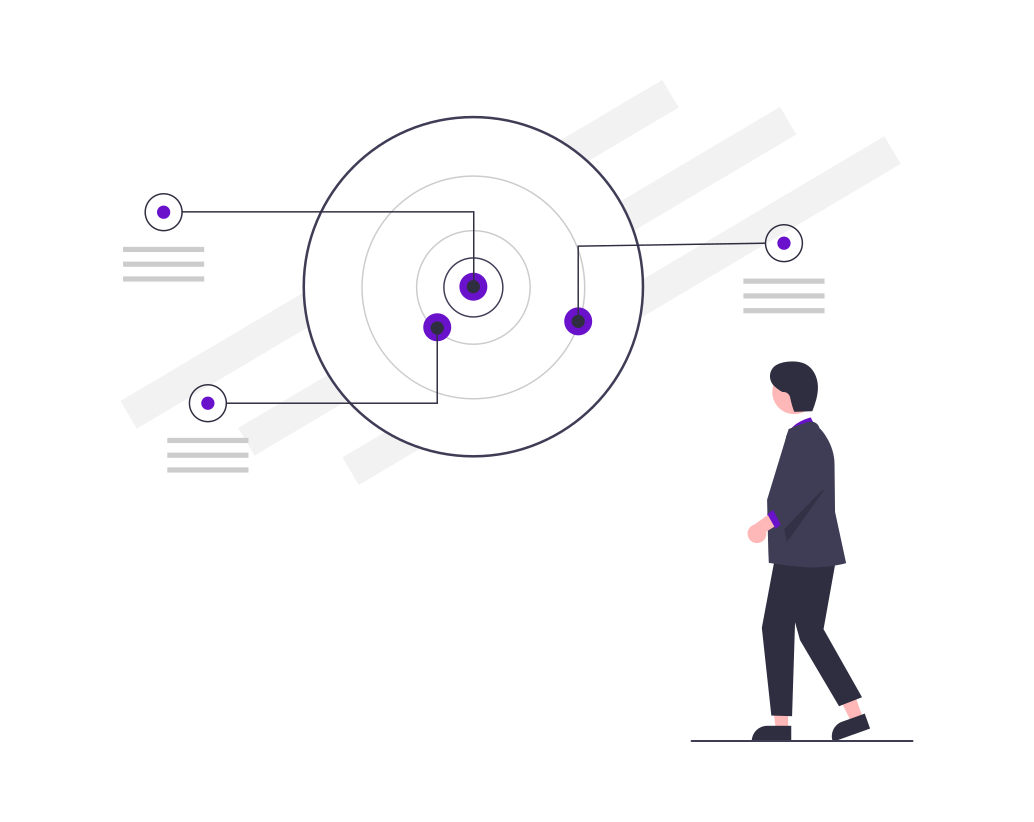Marketing success hinges on understanding your audience. Among the myriad segmentation strategies available, psychographic and behavioral segmentation stand out due to their depth and applicability. Both strategies offer unique insights into customer preferences and actions, yet they differ significantly in their focus and implementation. This article delves into the key differences between psychographic and behavioral segmentation and explores their applications in marketing.
Understanding Psychographic Segmentation
Psychographic segmentation categorizes consumers based on psychological traits that influence their buying behaviors. This method delves into the attitudes, values, interests, lifestyles, and personalities of individuals. Unlike demographic segmentation, which deals with quantifiable data such as age, gender, and income, psychographic segmentation provides a qualitative insight into why consumers behave the way they do.
Key Components of Psychographic Segmentation:
- Values and Beliefs: Understanding what consumers value and believe helps marketers align their messages with the target audience's fundamental principles.
- Lifestyle: Identifying lifestyle choices can inform product development and marketing strategies to resonate with the target audience's daily habits and preferences.
- Personality Traits: Recognizing personality traits allows marketers to predict consumer behavior and tailor their approaches to different personality types.
- Interests and Hobbies: Leveraging consumers' interests and hobbies enables brands to create more engaging and relevant content.
Understanding Behavioral Segmentation
Behavioral segmentation, on the other hand, divides the market based on consumer actions and interactions with a brand. This strategy focuses on specific behaviors such as purchase history, product usage, brand loyalty, and engagement levels. By analyzing these behaviors, marketers can identify patterns and trends that inform their strategies.
Key Components of Behavioral Segmentation:
- Purchase Behavior: Analyzing how, when, and why consumers make purchases helps in understanding their decision-making processes.
- Usage Rate: Segmenting consumers based on how frequently they use a product can guide marketing efforts towards high-value customers or those needing re-engagement.
- Brand Loyalty: Identifying loyal customers allows brands to focus on retention strategies and reward programs to maintain customer loyalty.
- Engagement Levels: Monitoring how consumers interact with a brand’s communications and platforms informs the effectiveness of marketing campaigns and customer experience.
Key Differences Between Psychographic and Behavioral Segmentation
-
Focus Area:
- Psychographic Segmentation: Centers on the psychological attributes of consumers, such as their values, attitudes, and lifestyle.
- Behavioral Segmentation: Concentrates on actual consumer behaviors, including purchase patterns, brand interactions, and usage rates.
-
Data Type:
- Psychographic Segmentation: Utilizes qualitative data derived from surveys, interviews, and psychological assessments.
- Behavioral Segmentation: Relies on quantitative data collected from sales records, website analytics, and customer interactions.
-
Objective:
- Psychographic Segmentation: Aims to understand the underlying motivations and reasons behind consumer behaviors.
- Behavioral Segmentation: Seeks to identify and analyze specific actions and behaviors to optimize marketing efforts.
Applications of Psychographic Segmentation
- Targeted Advertising: Crafting personalized ads that resonate with the audience's values and lifestyle.
- Product Development: Designing products that align with the target market's interests and preferences.
- Brand Positioning: Establishing a brand identity that reflects the psychological traits of the desired consumer base.
Applications of Behavioral Segmentation
- Customer Retention: Developing loyalty programs and retention strategies based on purchase behaviors and brand loyalty.
- Personalized Marketing: Tailoring marketing messages and offers based on consumer behavior patterns.
- Optimized Campaigns: Adjusting marketing strategies to better engage high-value customers and re-engage inactive ones.
Integrating Psychographic and Behavioral Segmentation
While psychographic and behavioral segmentation have distinct focuses, integrating both can provide a comprehensive understanding of your audience. Combining these strategies allows marketers to create more nuanced and effective campaigns by leveraging psychological insights and concrete behavioral data.
- Enhanced Personalization: Use psychographic data to understand why consumers make decisions and behavioral data to see how they act on those decisions.
- Improved Targeting: Segmenting the audience with a blend of psychological traits and behavior patterns ensures more precise targeting.
- Holistic Campaigns: Develop marketing strategies that cater to both the emotional and practical aspects of consumer decision-making.
Conclusion
Psychographic and behavioral segmentation are powerful tools in the marketer's arsenal, each offering unique insights and applications. By understanding their key differences and leveraging their strengths, businesses can enhance their targeting, personalization, and overall marketing effectiveness. Integrating both segmentation strategies can lead to a deeper, more holistic understanding of the consumer, driving better engagement and higher conversion rates.


